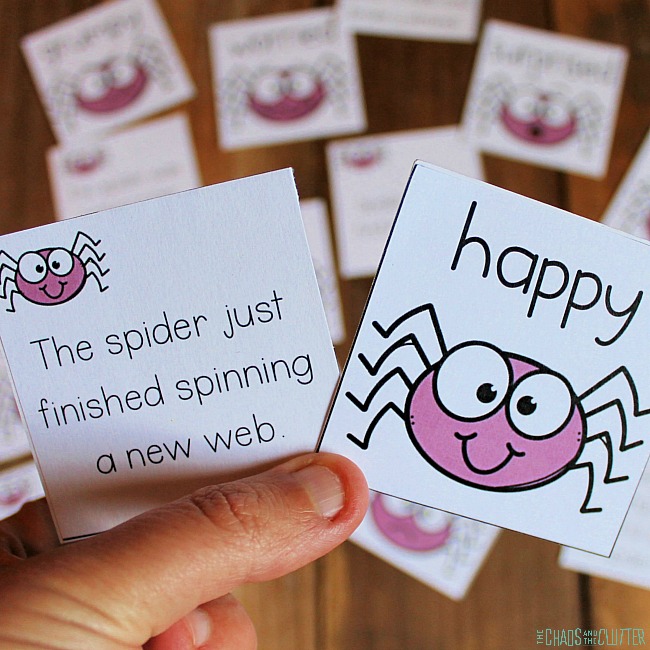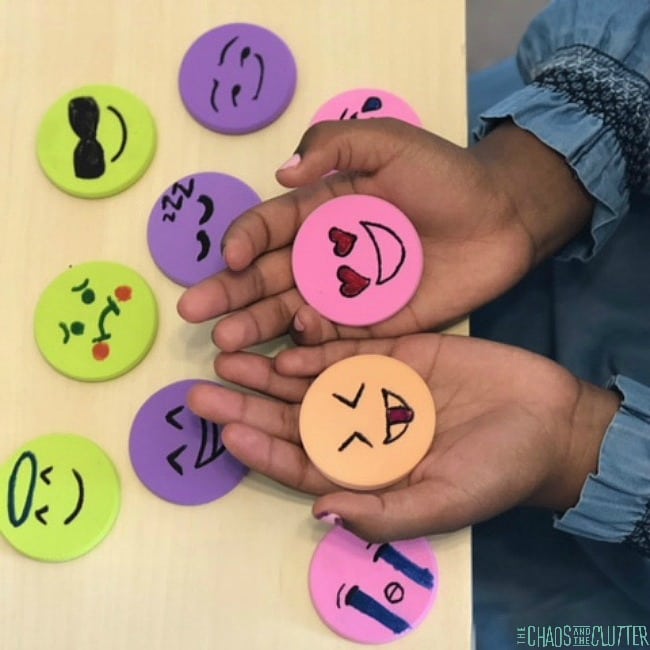February is a time for celebrating love. Not just romantic love, but friendship and family. Kids can however have mixed feelings about Valentine’s Day. They may feel jealous of those who receive more Valentine’s, indifferent, happy, or sad due to circumstances within their family or with friends.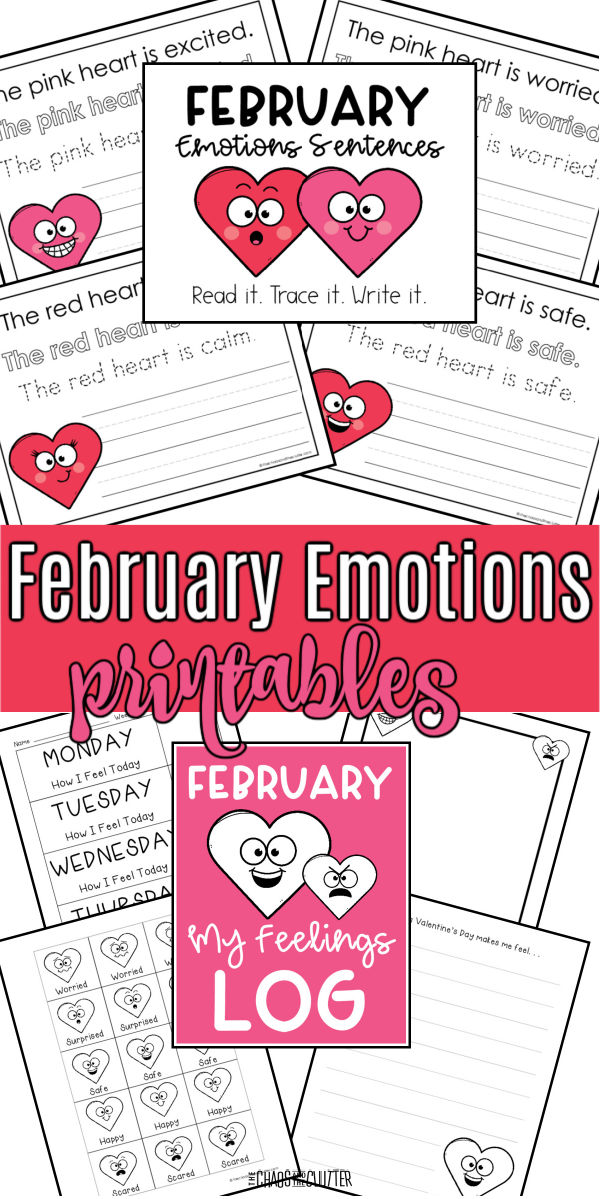
These Valentine’s themed February emotions printables can help kids identify and talk about their feelings.
February Copywork Emotions Sentences:
I strongly believe that teaching emotions is more important than teaching academics. Children need to develop a firm understanding of emotions and learn how to effectively express their own. These February emotions printing practise worksheets allow kids to practise their printing while also normalizing talking about emotions.
These copywork pages allow students to explore emotion words and associate the images with the corresponding feeling. This expands their emotional vocabulary.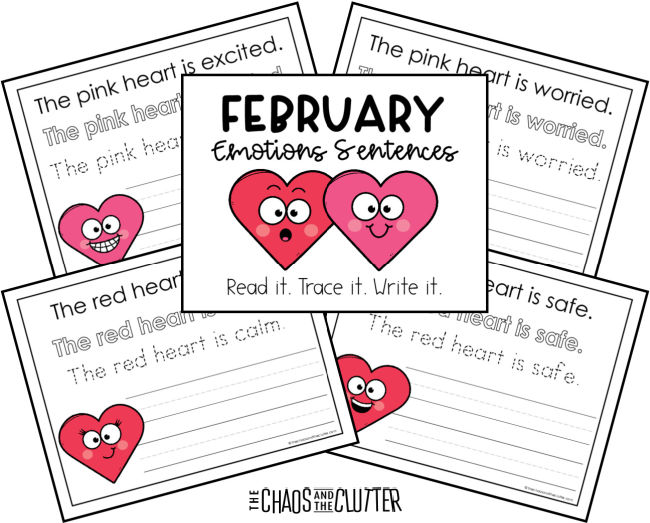
Supplies needed:
- February Emotions printables
- pencil or pen OR
- plastic sleeve AND dry erase marker
Download the printable pages. If you want them to be reusable, laminate the pages or slip them into a plastic page protector. Students can then use a dry erase marker to complete the tracing and writing.
For one time use, give the student a pencil, crayons, coloured pencils, or markers and the printed papers.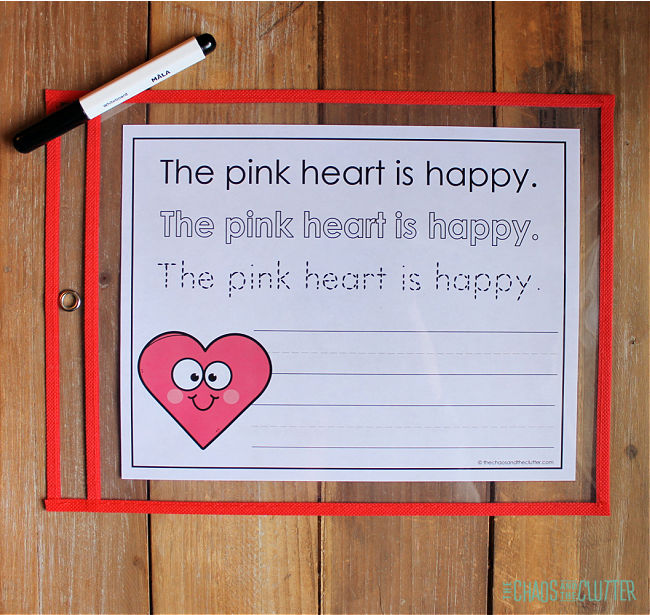
Instructions for the student:
- Read the sentence.
- Fill in the outline.
- Trace the dotted words.
- Write the sentence on the lines provided.
- Discuss the different emotions.
These worksheets can be the jumping off point for a discussion with the whole class or one-on-one talk about different emotions. They can be used by teachers, homeschoolers, parents, or therapists.
February Feelings Log:
Keeping a daily log of feelings helps kids to look at their emotions. It can also allow them and their teacher or parents to recognize any patterns they see emerging when looking back through the log. This can provide a lot of insight.
Doing this quick daily exercise is an easy way to help kids to talk about their emotions and get to the root of why they are feeling the way they are. Doing this at the same time each day can develop a positive habit.
It may be most helpful to do this in the morning to then be able to adjust activities or expectations based on how the student is feeling or it may be best to do after supper or before bed to reflect on and analyze the day. 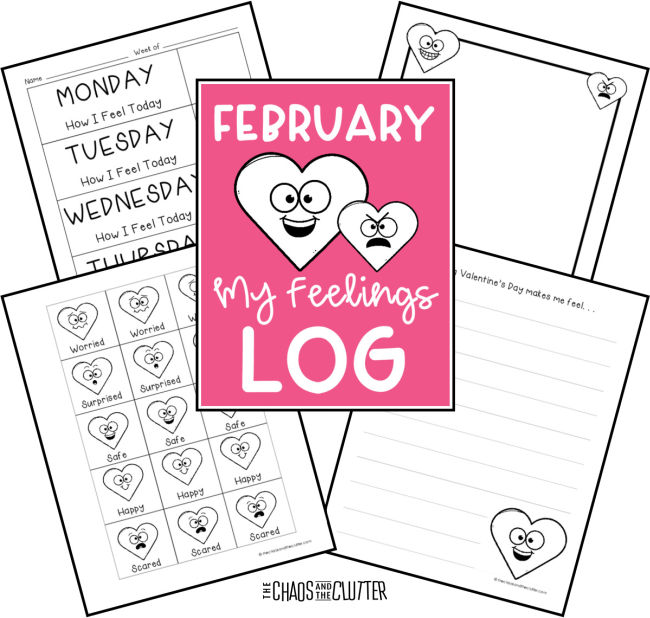
Teaching emotions is such a powerful tool. It arms children with a skill they can use their whole life.
I’ve created a special Feelings Log for February. It includes a writing prompt and drawing prompt about Valentine’s Day, and weekly tracking sheet of “Today I feel” along with cute heart faces to use to help them better express their emotions.
Supplies needed:
- printed Feelings Log pages (download here)
- scissors
- markers, pencil crayons, or crayons
- pencil or pen
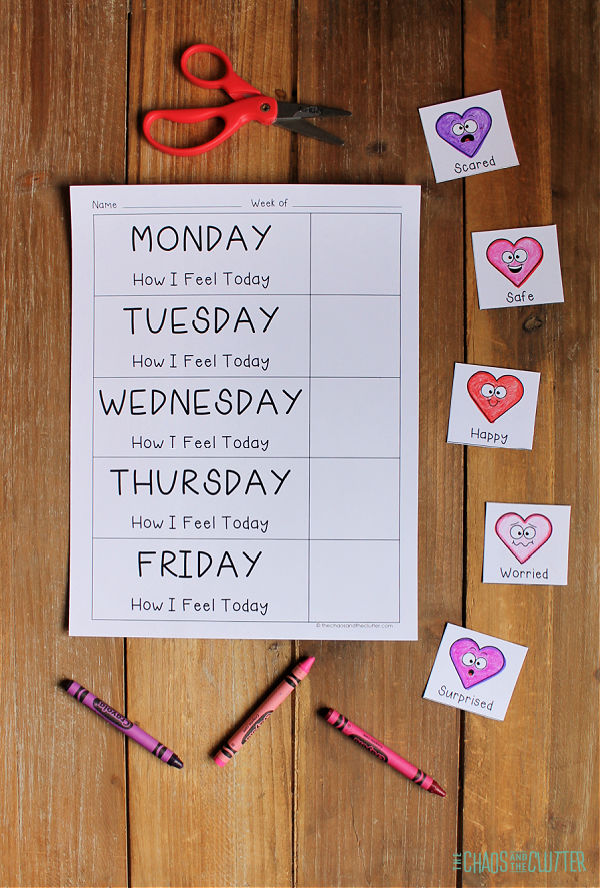 Enter your email below to download the free February Emotions Printables. You can use this with your child at home or print it off to use with your students in the classroom.
Enter your email below to download the free February Emotions Printables. You can use this with your child at home or print it off to use with your students in the classroom.
Our other monthly emotions printables:
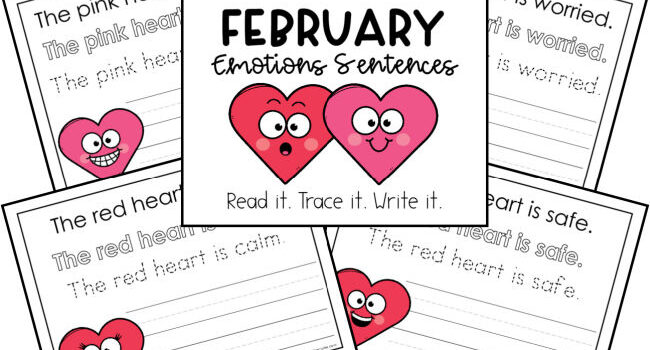
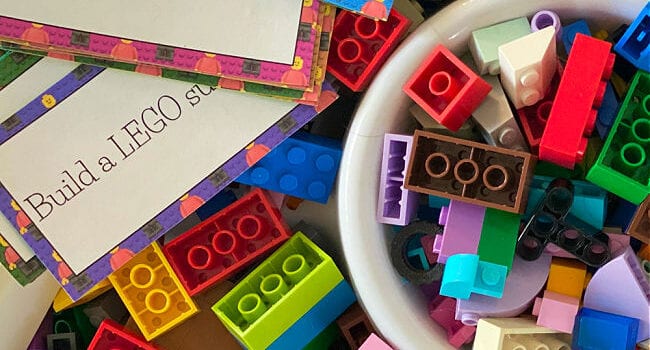
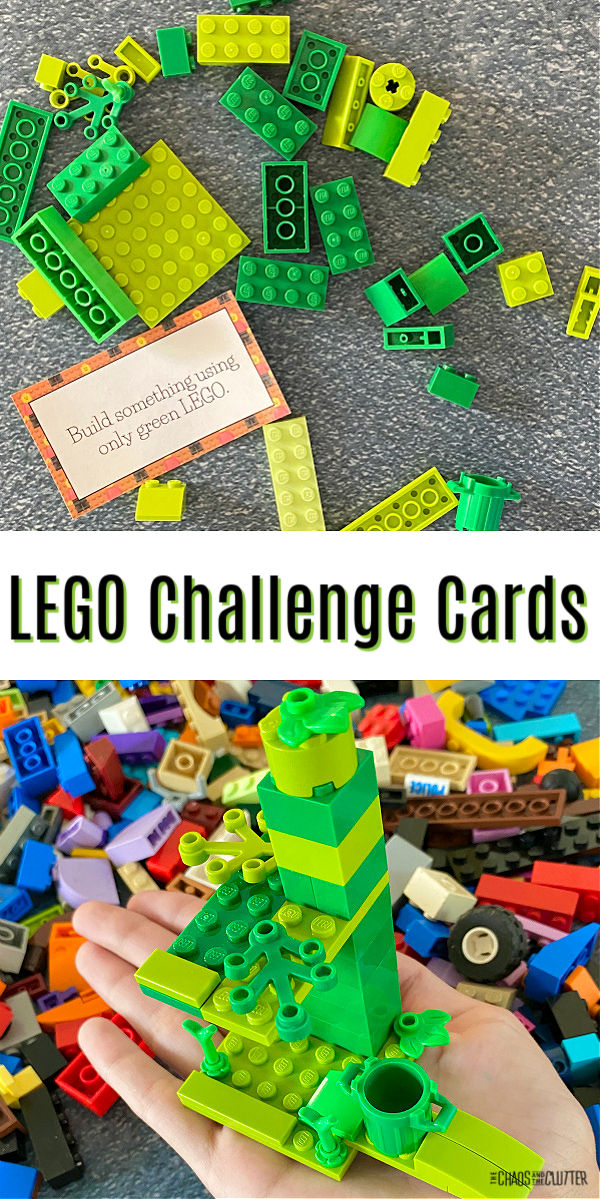 Lego is something that I often incorporated in our homeschooling. Whether is was a tool for
Lego is something that I often incorporated in our homeschooling. Whether is was a tool for 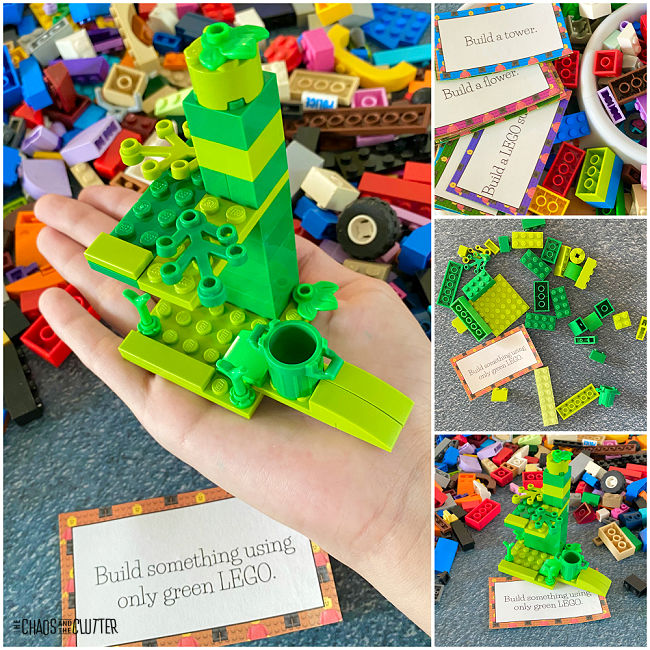
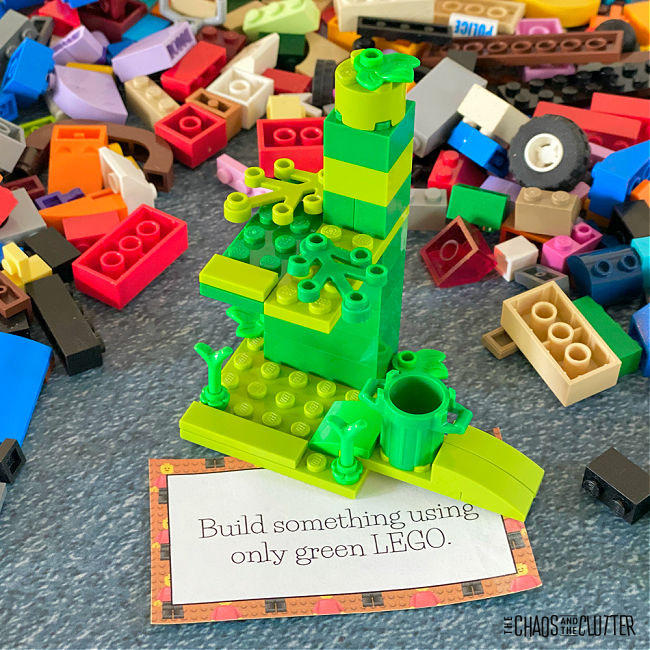
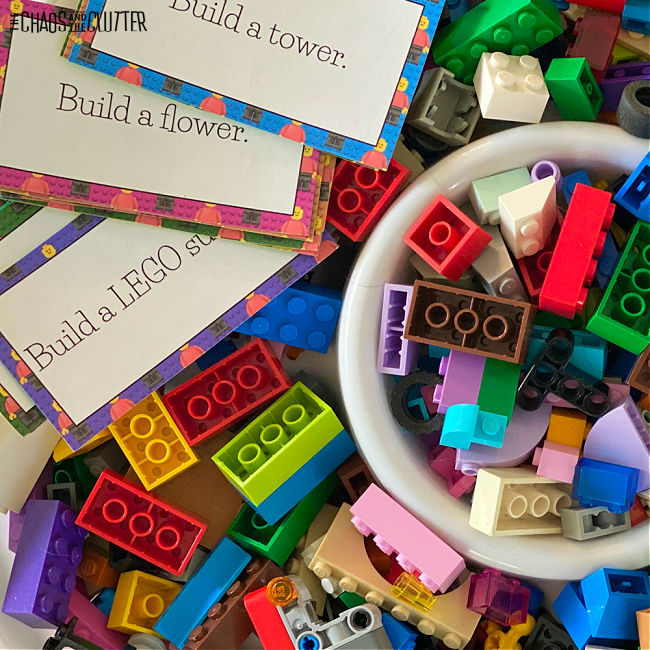 Sign up to receive the complete set of LEGO Challenge Cards free and be entered in our 5 Secrets to Powerful Connection email series.
Sign up to receive the complete set of LEGO Challenge Cards free and be entered in our 5 Secrets to Powerful Connection email series. 
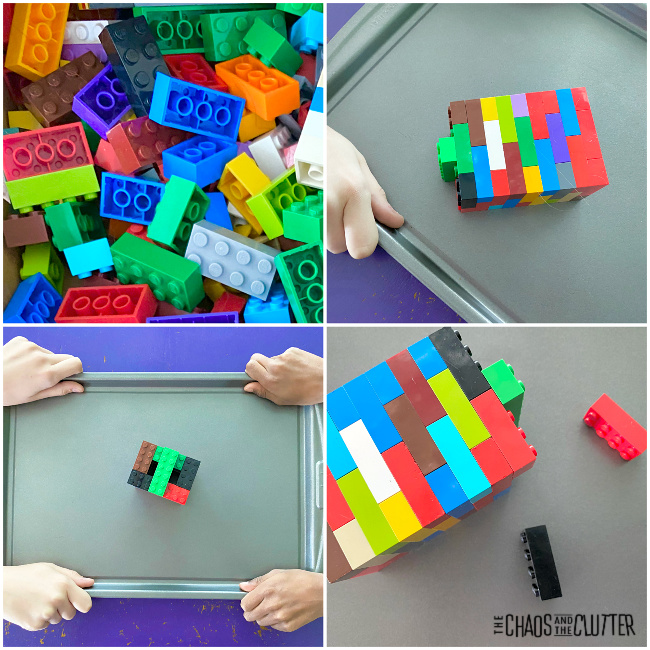
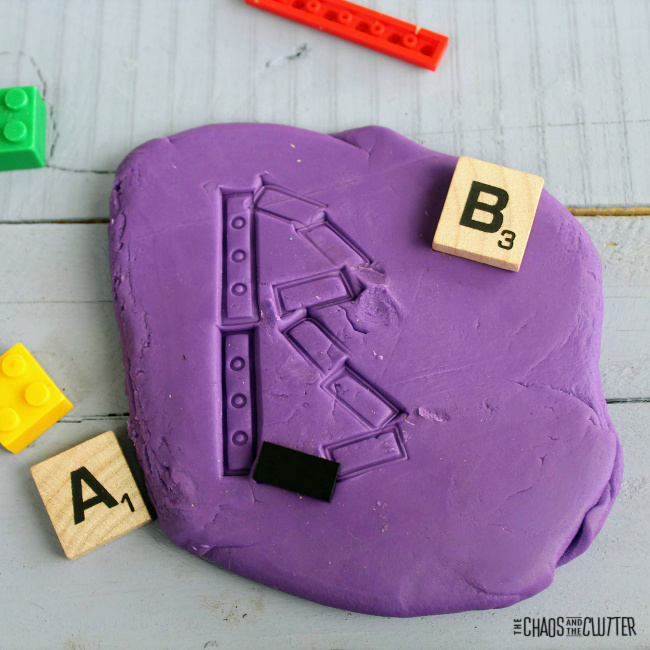
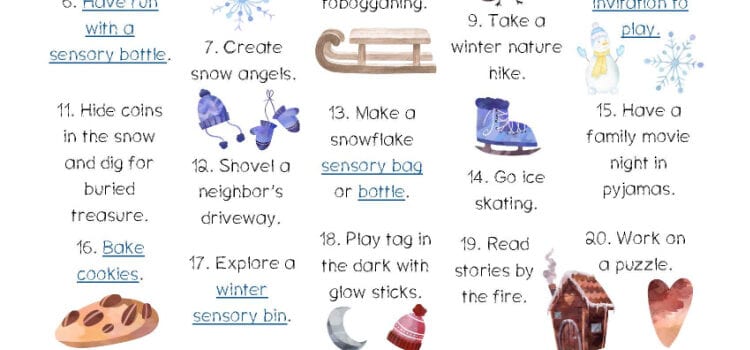
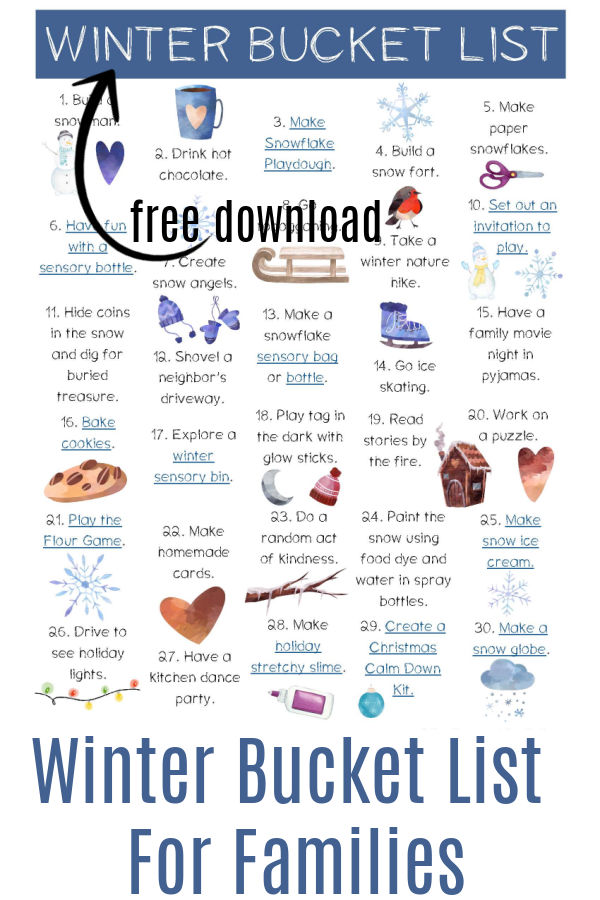 I chose things for the list that were simple and were either free or cost very little. You can
I chose things for the list that were simple and were either free or cost very little. You can 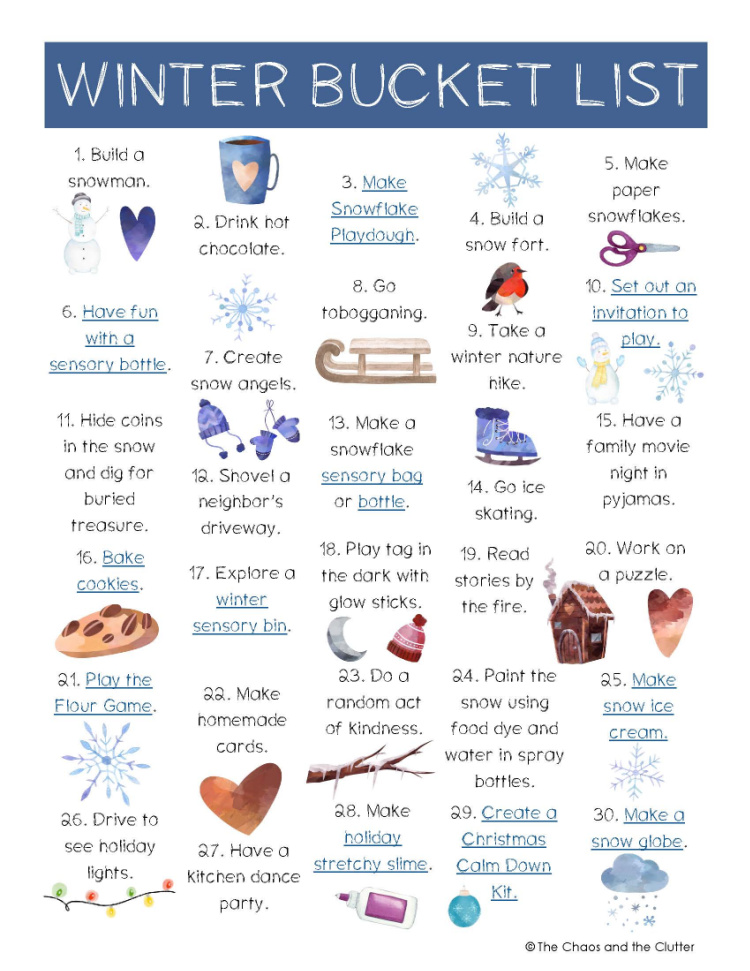 Note that if you live in a climate where there isn’t snow, many of these ideas can be adapted. For example, “build a snow fort” can simply become “build a blanket fort”.
Note that if you live in a climate where there isn’t snow, many of these ideas can be adapted. For example, “build a snow fort” can simply become “build a blanket fort”. 
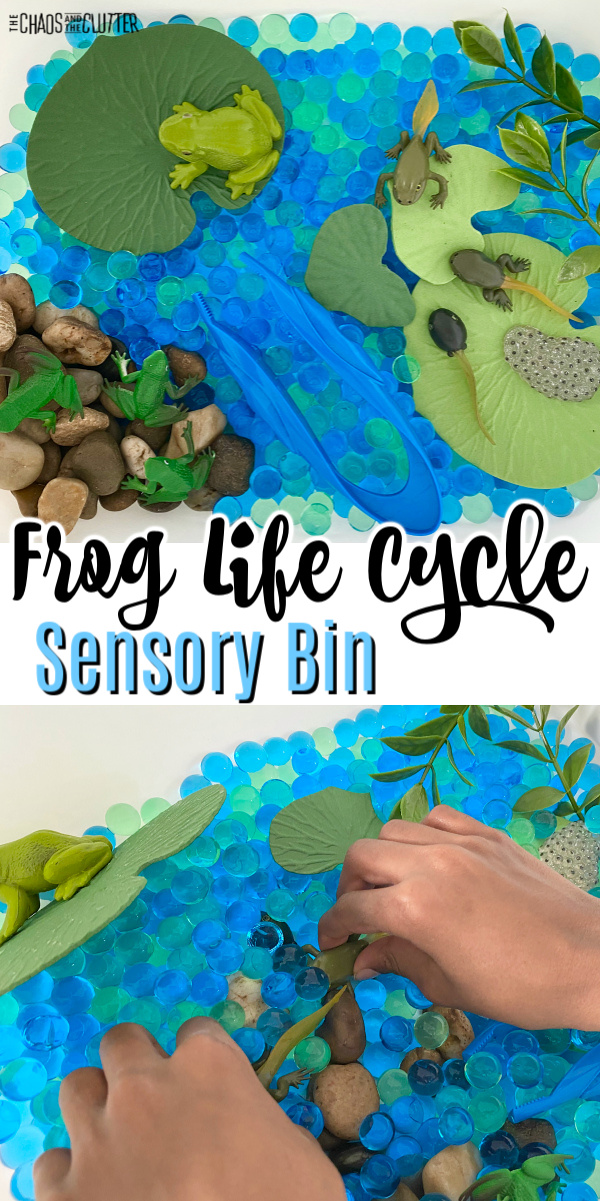
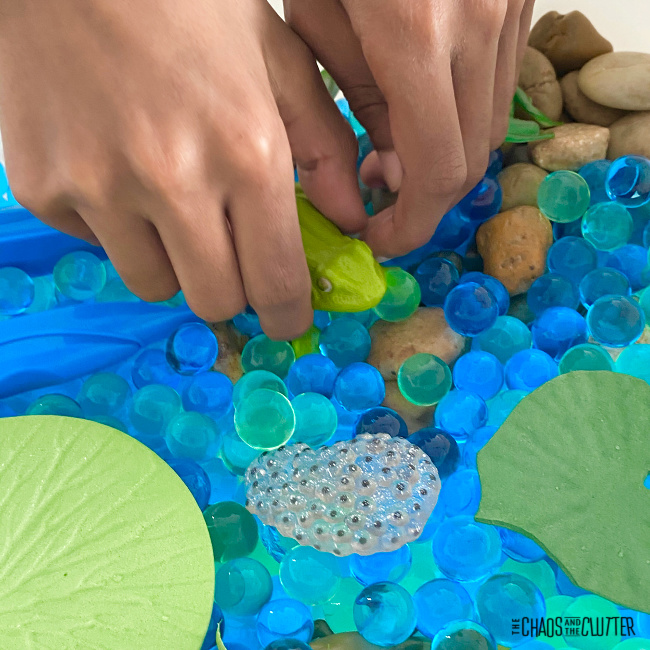 Directions:
Directions: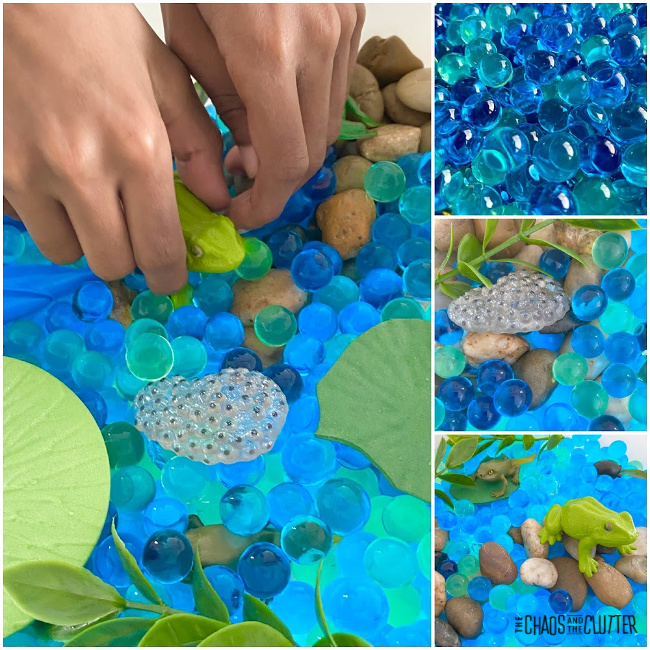
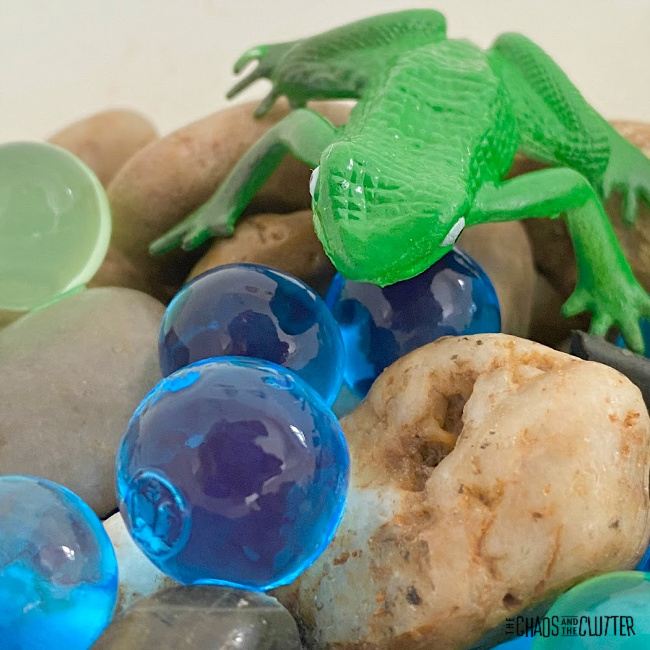
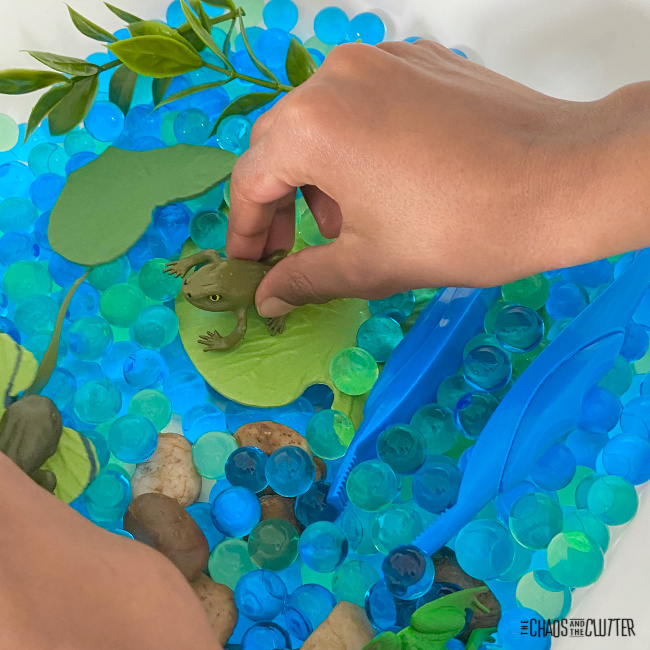



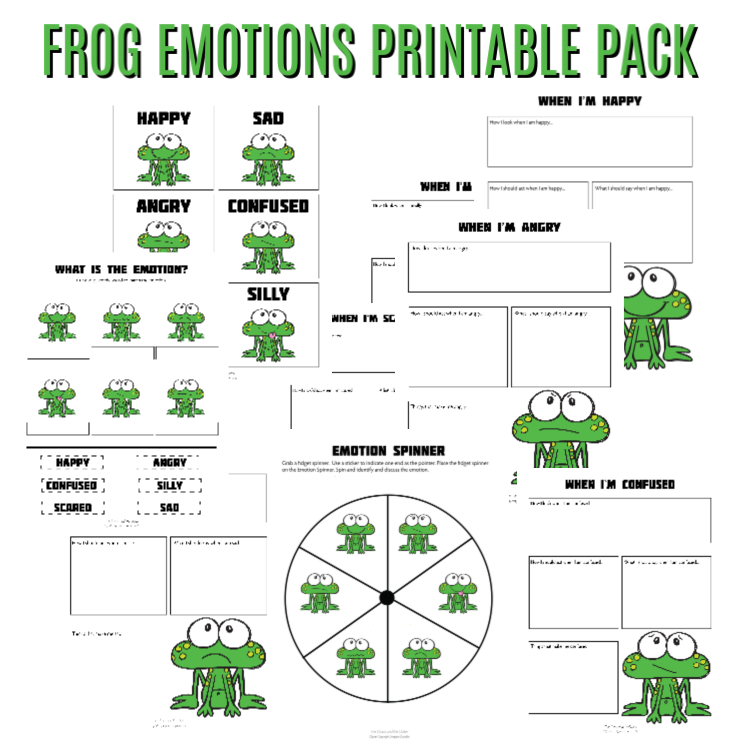






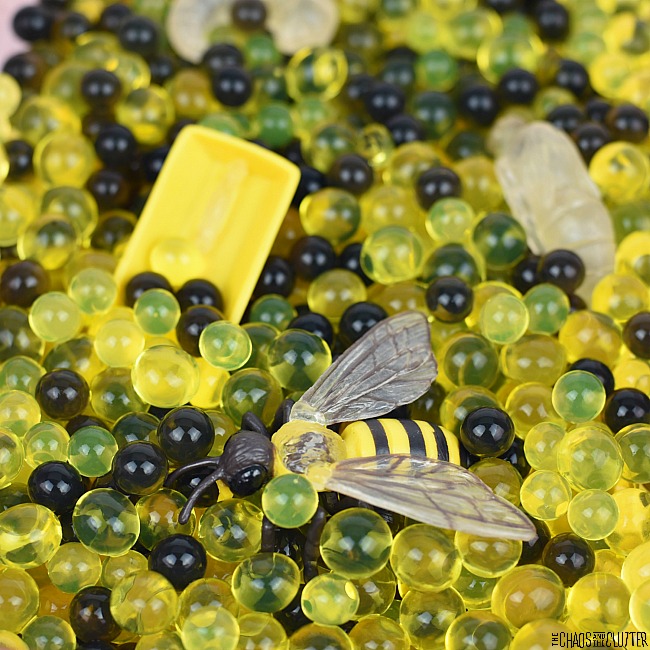
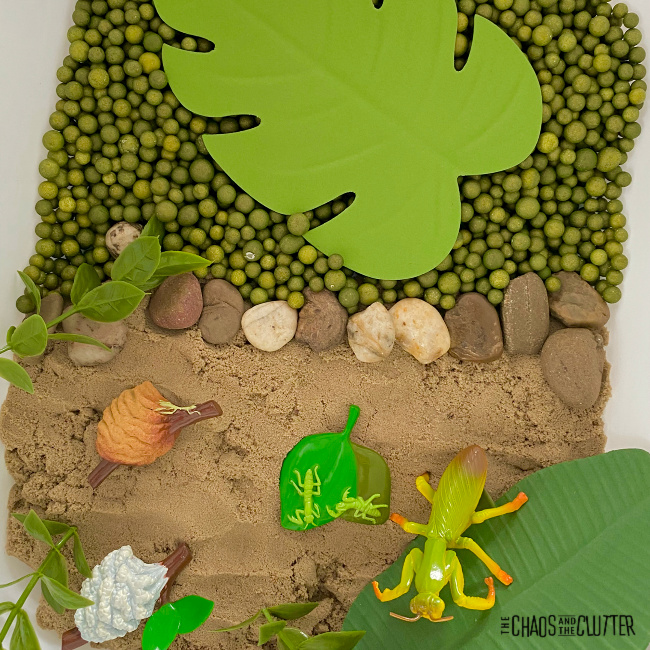

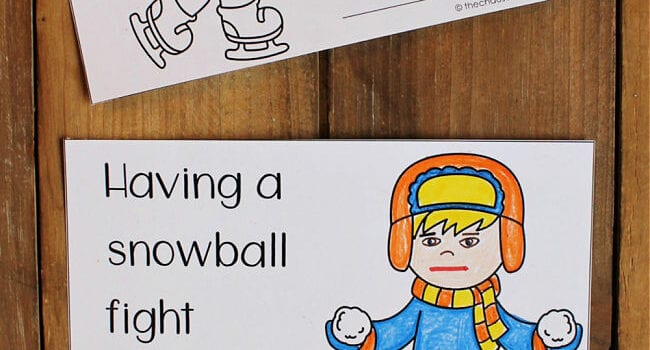
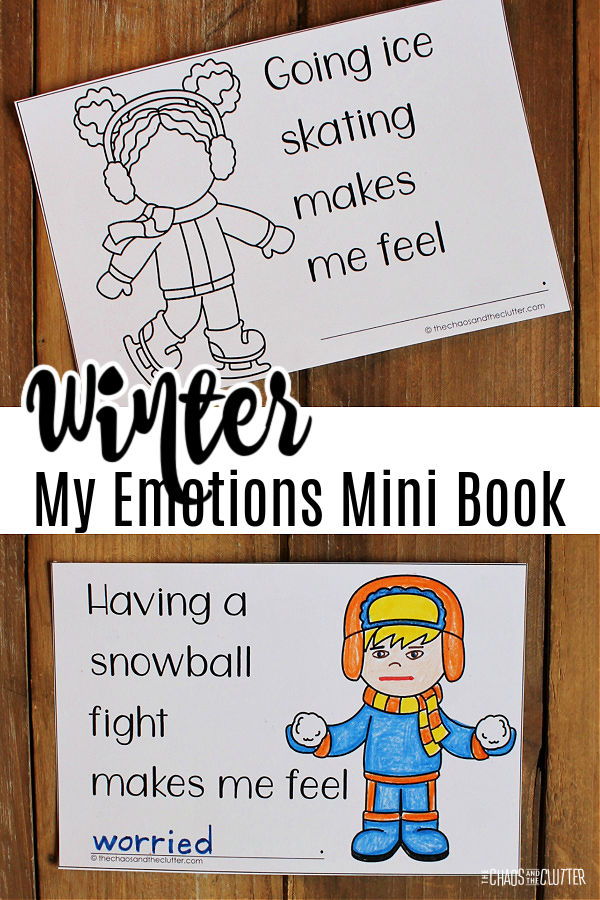 The pages include some common winter things such as drinking hot chocolate, going sledding, ice skating, building a snowman, and experiencing winter weather.
The pages include some common winter things such as drinking hot chocolate, going sledding, ice skating, building a snowman, and experiencing winter weather.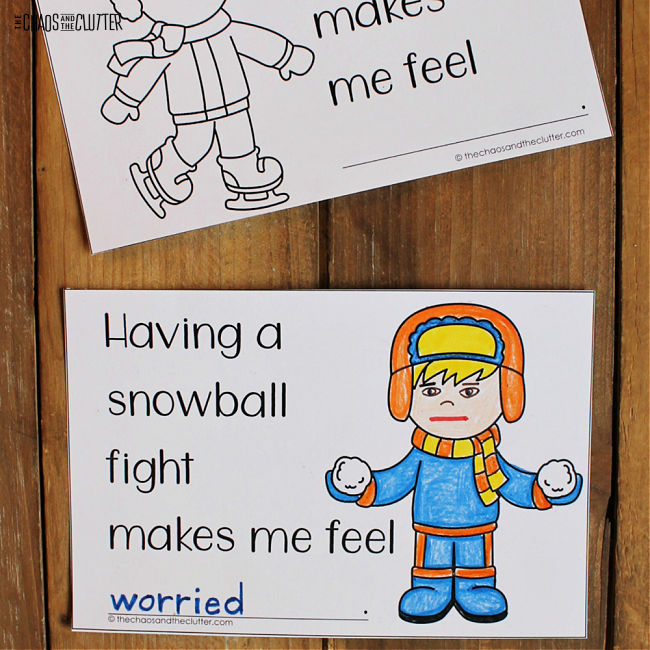 For some students, it may be easy to think of things they like about winter and they may need some prompting. For others, it may be their favourite season and they may need help to come up with things they don’t like!
For some students, it may be easy to think of things they like about winter and they may need some prompting. For others, it may be their favourite season and they may need help to come up with things they don’t like! Once your child or student has filled out their booklet, you can also sit with them and debrief. If there are some winter scenarios that seem to have potential to cause them some distress, brainstorm ways to help them manage those feelings or better navigate those scenarios if they arise.
Once your child or student has filled out their booklet, you can also sit with them and debrief. If there are some winter scenarios that seem to have potential to cause them some distress, brainstorm ways to help them manage those feelings or better navigate those scenarios if they arise. 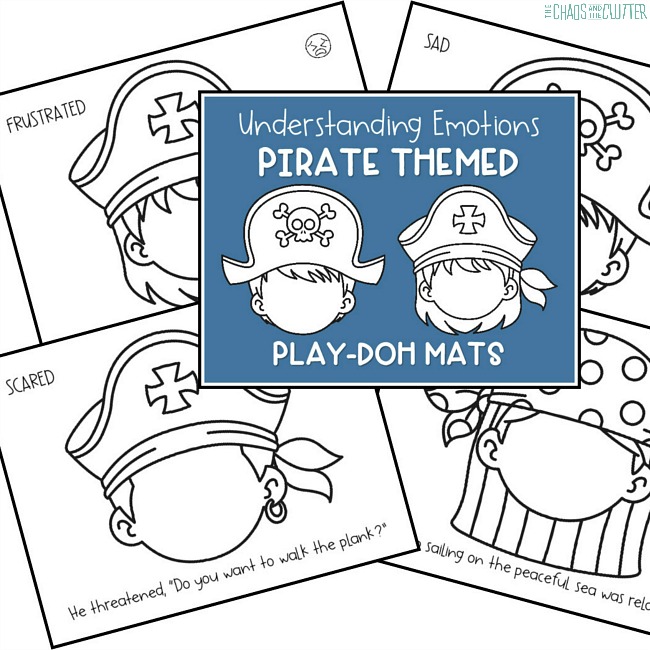
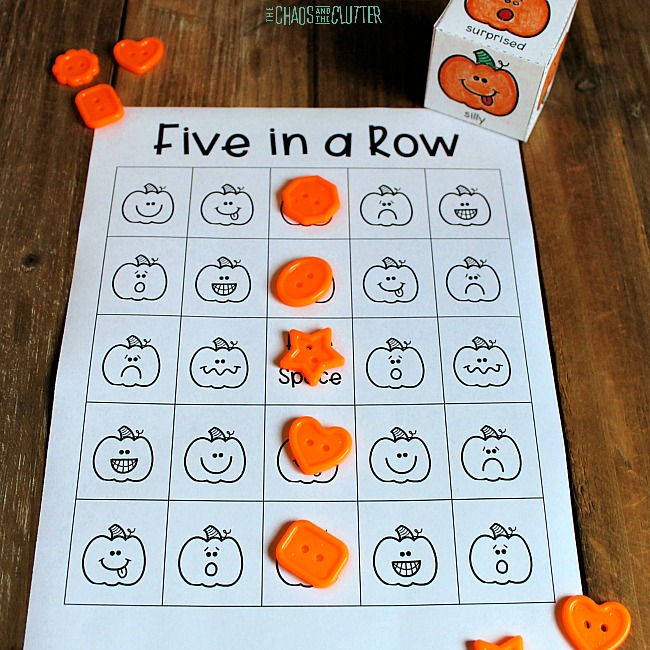
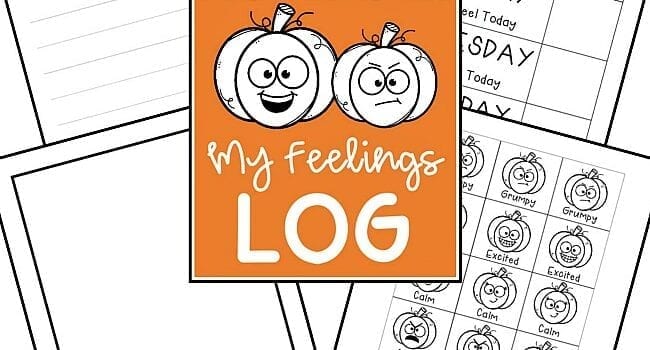
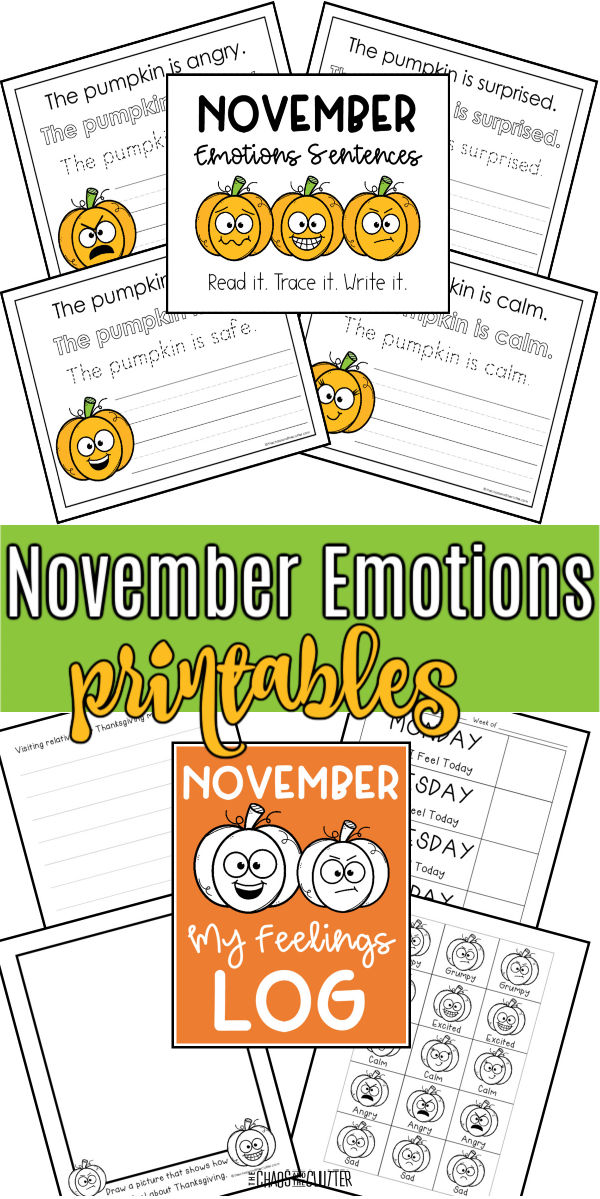
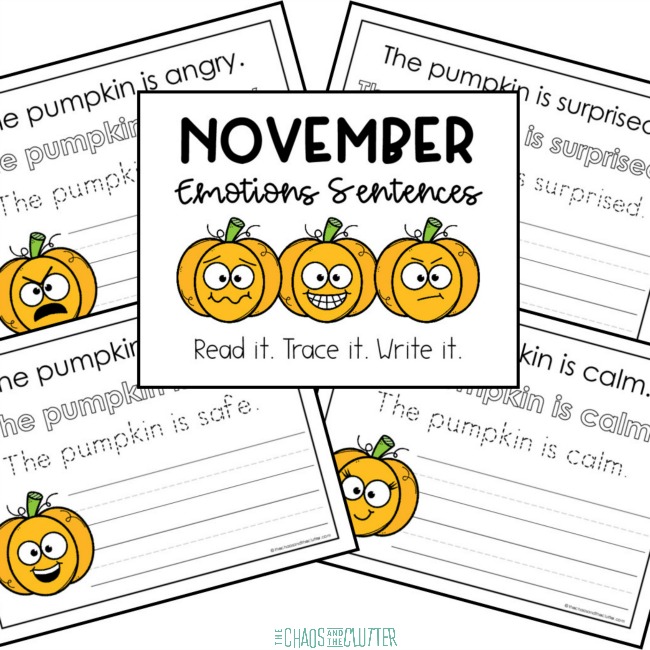
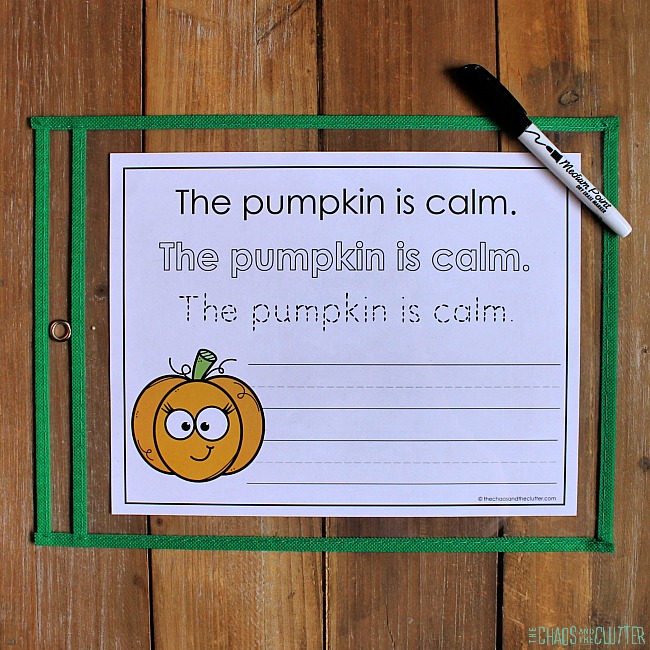 Instructions for the student:
Instructions for the student:
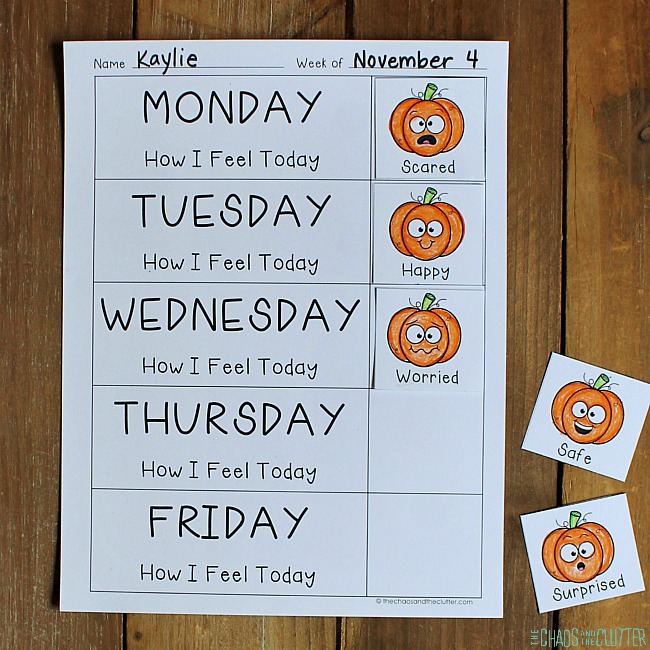 Simply enter your email below to download these November Emotions Printables. You can use this with your child at home or print it off to use with your students in the classroom.
Simply enter your email below to download these November Emotions Printables. You can use this with your child at home or print it off to use with your students in the classroom.